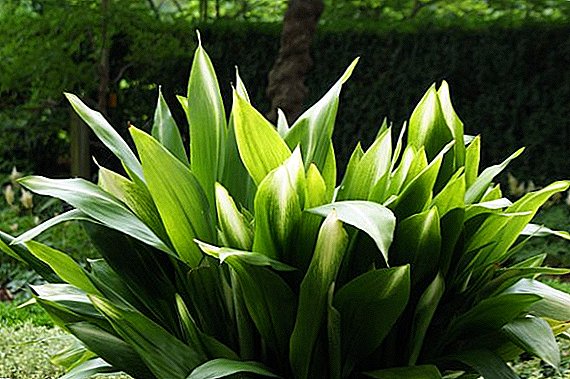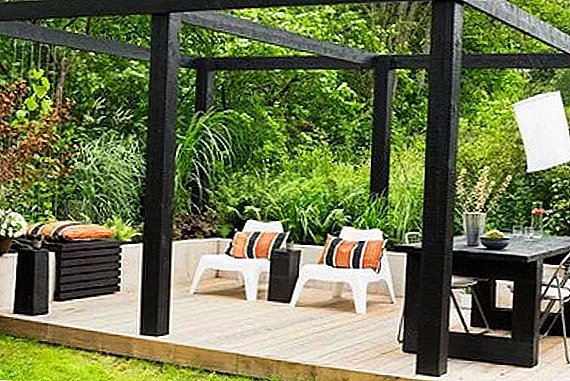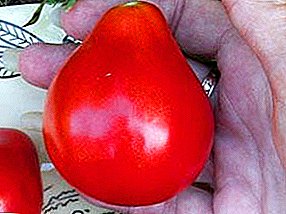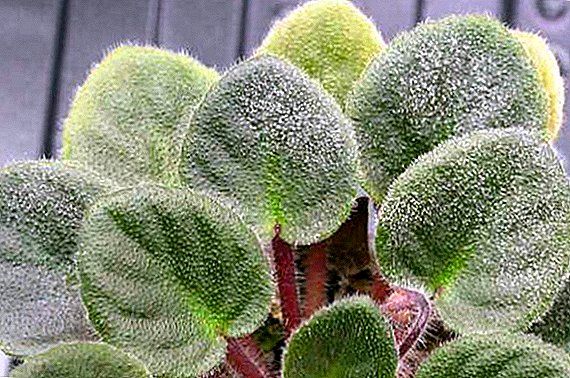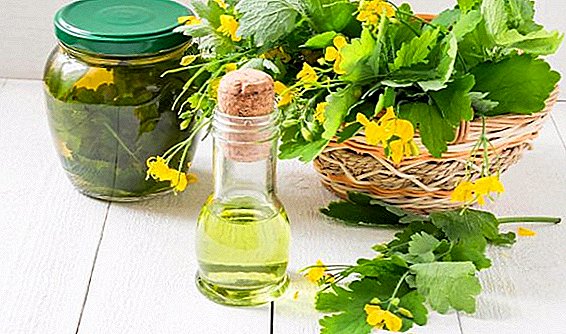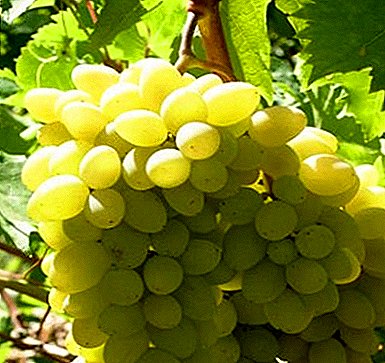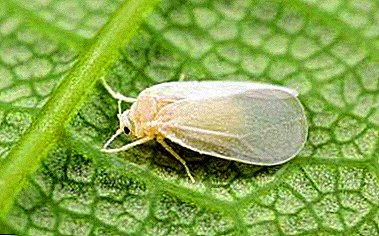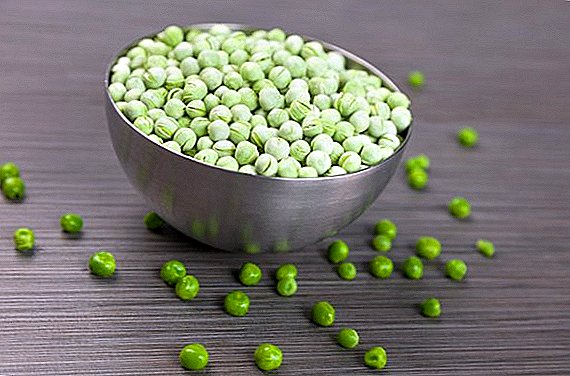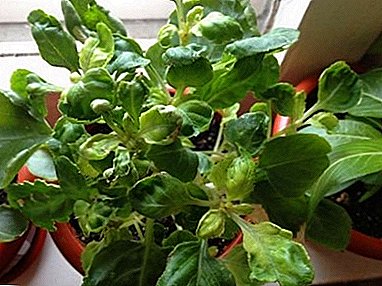
Petunia came to us from over the Atlantic Ocean from South America, which French naturalist Jean Baptiste Lamarck found and described during his scientific expedition.
It received its name as a result of an error, it was painfully the leaves of petunia resembled tobacco leaves. From the Brazilian word "petun", which means "tobacco". Only 10 years after finding several more types of the flower, the oversight of the scientist became clear and a separate genus, Petunia, was identified.
Petunia is a perennial or annual unpretentious plant, striking at the same time with its simplicity and beauty. It is resistant to pests and diseases, easily tolerates a sharp change in the weather and has a beautiful decorative appearance. Now she decorates flower beds and flower beds in almost all countries of the world. Now especially popular are plants with small flowers, which can decorate the terraces of country houses, balconies and window sills.
Varieties of petunias can be: cascade, bush, calibrahoa, ampelnaya and floribunda. There are more than 20 varieties of plants, so any housewife can choose her favorite and decorate her country plot or front garden.
Features flower growth
It will take about 3-3.5 months from landing to the landing of a petunia. The seeds are quite small, so sowing is not as simple as it seems.

- For planting suitable universal soil, which can be found in each specialty store.
- It is better to plant the seeds first in a container, watering carefully and covering the container with cling film or a bag.
- Be careful - the seeds must be completely covered with soil.
- Keep track of soil moisture and ventilate the container to prevent condensation.
If you did everything right in two weeks, plant sprouts will appear. Some gardeners say that if the sprouts did not appear after two weeks, then it is better not to wait for them anymore. Such flowers will be weak, requiring additional care.
Grown sprouts love space and lighttherefore, it is necessary to transplant from each other into different containers (better if these are plastic cups) and provide them with a sufficient amount of light, and after three or four weeks, when it is warmer outside, it can be planted in open soil. After picking, feed the soil with mineral fertilizers.
We offer to watch a video about the growth of petunia:
Why wilting happens?
Unreasonable wilting of a plant upsets everyone and the gardener, and the lover of house front gardens. It seems that the care was right, why the plant began to disappear? Let's look at the reasons why petunia in a pot and flowerbed withers:
- The wrong place for planting a flower. As previously discussed, the petunia loves the light, and perhaps you simply chose the wrong location for its landing. The spacious and well-sanctified territory on which the shadow of the trees does not fall, here is the perfect place for your flowers. If you plant a petunia in pots, just rearrange them in the sun.
- Fusarium. But the most common cause of wilting is fusarium. A fungal disease that is difficult to detect in the early stages of the disease, because first the plant root is affected. Top fungus spreads from the roots along the stem to the inflorescence.
Since it affects the root of the petunia, it gradually stops receiving all the useful and nutrients from the soil. After the flower turns yellowish, it is almost impossible to save it.
- Watering. Dry soil or excessive watering can also cause petunia to wither.
- Pests. The main pests are aphids or spider mites (small red bugs).
What to do?
When you have carefully assessed the situation and dealt with the cause of the disease of the plant - act slowly.

- If this is a lack of sunlight, then find (if possible) another place for petunia. This mainly applies to plants that are grown in a pot. Move it to the sunny side of the balcony, window sill, terrace or flower bed. Just do not overdo it, in the hot summer period from 12.00 to 16.00, it is better to darken the flower, in order to avoid thermal burn.
- If it is improper watering - correct the situation by reducing it or increasing it. It is necessary to water once every four days, not more often. Plants in hanging pots are most often subject to drying out, it’s not so easy to see almost up to a point, which is suspended above human growth. Check with your finger the soil, if it is dry and moved away from the edge of the pot, it is time to pour the petunia. Remove the pot, pour and place for a short time on a tray with water.
Excessive watering can cause rotting of the roots and the flower needs urgent help - just change the soil in the pot, do not wait until the soil dries itself.
Before transplanting, remove the rotten roots of the flower and let them dry. And observe the correct temperature conditions of water for irrigation. Use water to water at room temperature.
- Pests. It's easy to detect aphids, the green bugs are not hiding under leaves or flowers, they always blatantly blatantly spoil the petunia. To get rid of aphids, it is necessary to dilute not a strong soap solution (300 grams of laundry soap per 10 liters of water) and treat the leaves of the plant. The same solution helps to get rid of spider mites. The tick, in turn, hides in a leaf, folding it.
- To combat fusarium need through preventive maintenance. Before planting, treat the seeds with a weak solution of copper sulfate or manganese. An adult plant can be transplanted into another soil, fertilizing it before planting, and removing diseased parts of the petunia.
Preventive measures
 For your flowers to please you as long as possible, provide them with proper care:
For your flowers to please you as long as possible, provide them with proper care:
- water in a timely manner;
- watch the temperature;
- fertilize the soil on time;
- remove dead plant parts;
- dispose of contaminated potting ground;
- try to fight parasites on time.
Home petunia pleases the eye with a variety of colors and shapes of its buds. Timely care for your flowers, you prolong their lives.


